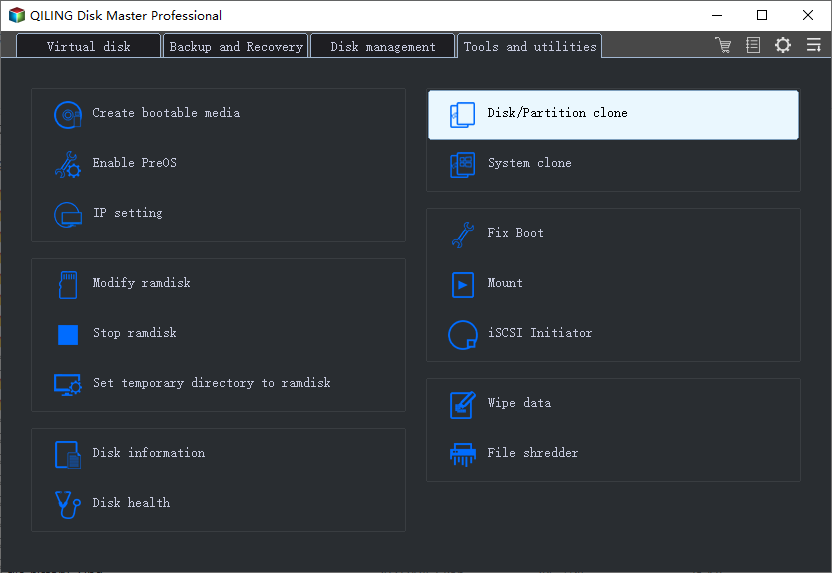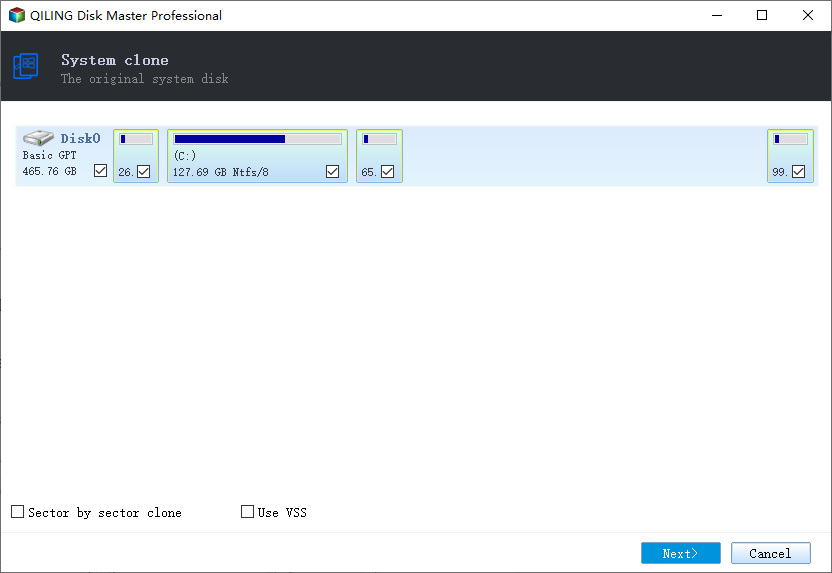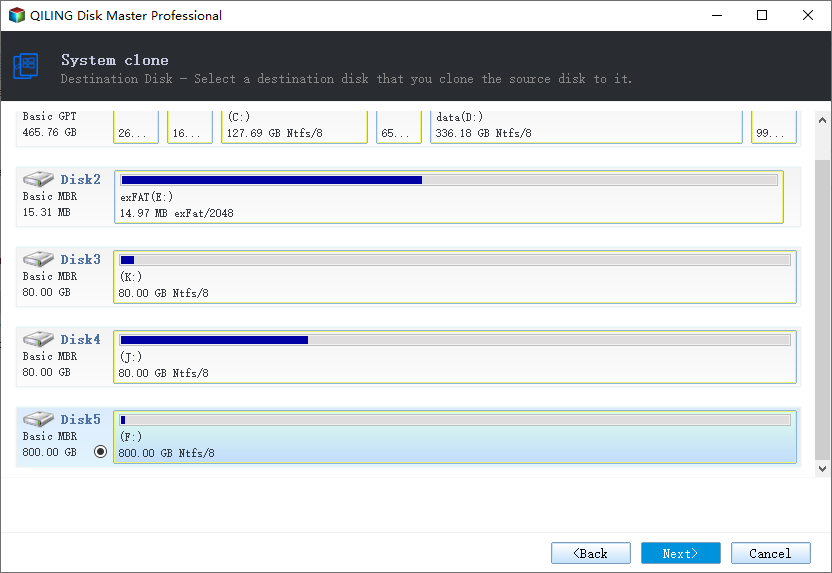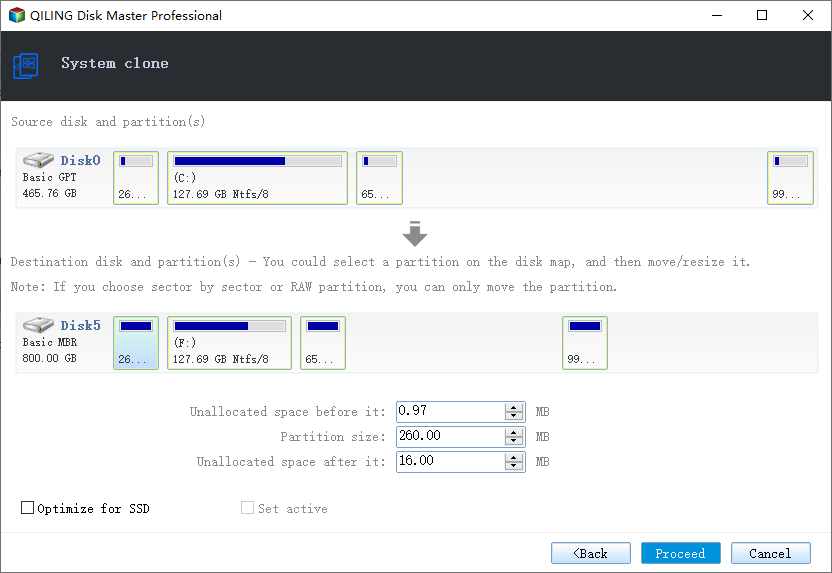Create Bootable USB Without Any Software Using CMD
Since a bootable USB drive contains all essential system booting information and files, it can help boot and start a computer's operating system even when it's dead, which can be caused by corrupted system files, fatal hardware issues, black/blue screen of death, and many unpredictable reasons. We know that there are dozens of professional USB bootable creation tools online that are available to assist users to make a bootable media in a much easier way. However, it's still quite useful to grasp the knowledge of using the Dikspart command to achieve the same goal.
PAGE CONTENT:
Guide: use cmd to format and create a bootable USB drive
Notice:
Note that the process of making your USB drive bootable will erase all data on the target drive completely. Remember to back up important files and data in advance.
Select an alternate solution to Step 1 when you wish to format a hard drive faster with third-party free hard drive formatting software.
Step 1. Format the USB drive
1. In Windows 10, 8 or 7, press 'Windows + R' keys simultaneously to open the Run Dialog box, input cmd, and press Enter.
Or, just navigate to Start - All Programs - Accessories; right-click on the Command Prompt and select Run as Administrator.
2. In Command Prompt, type Diskpart and press Enter.
3. Type list disk. You'll see all the connected drives including the prepared USB hard drive, with additional information behind, such as the disk number, size, etc.
4. Then you should type select disk #. The # represents the number of your own USB hard drive. For example, mine is disk 1, so I type select disk 1.
5. Type the following commands one by one, and press Enter after each command.
- clean
- create partition primary
- select partition 1
- active
- format fs=ntfs (it means you format the drive with NTFS file system)
- assign
- exit
Step 2. Copy files from a DVD to the USB drive
1. Insert a DVD from where you want to copy the data to create a bootable USB drive. Let's assume the DVD drive letter is E:.
2. Open Command Prompt in the same way, type the following commands one by one, and press Enter after each command.
- E:
- cd boot
- bootsect /nt60 g: (G: is your USB drive)
- copy e:\*.* /s/e/f g:
Alternatively, you can copy the entire content of OS from an ISO image to the USB manually.
To do this, go to the 'My Computer' window, right-click on the DVD drive where you put the ISO image, select Open to view the contents. Copy all the files and folders on the DVD to the USB drive. Congratulations, you've succeeded in creating bootable USB without any software!
Conclusion: think about a bit more
That's the overall process to create a bootable USB hard drive using cmd. Apparently, this is an advanced approach for experienced users only. What about the majority who know little about the CMD skills? Will they be able to handle the long list of steps, most importantly, without making mistakes?
In a previous post, we informed you about Qiling Windows backup software, which saves ordinary computer users out of trouble when making their own customized bootable USB hard drives and removable hard disks, and it applies to both average users and experienced users.
Unique benefits
- Skip the tedious procedure of formatting the USB hard drive and copying Windows installation.
- Install personalized Windows OS that you're currently running to the USB drive.
- Boot Windows OS from the drive on any computer.
Step 1. Launch Qiling Backup. Click "System Clone" in the Tools page.

Step 2. On the "System clone" window, the software will choose the system partition and boot partition by default.

Just Choose the USB drive as the destination disk.

Click "Proceed". The software will start immediately cloning the default partitions of your desktop/laptop to the USB drive. After the cloning process is over, you can safely plug the USB drive out.

Step 3. To boot the cloned system from the USB drive on other Windows devices, just connect the drive to the device. After the connection, wait for the computer configuring system settings and you will finally arrive at the desktop screen that's exactly the same with that of the cloned system.
Put the "username" and "password" of the cloned system. You should now successfully enter the cloned system.
Related Articles
- How to Copy HP Recovery Partition to New Hard Drive
- [Fixed] The drive is not a valid backup location
- Automatically Copy Files from One Folder to Another
- How to Disable Windows 10 Update in Every Way
- How to Clone SSD to Larger SSD in Windows 10/8/7